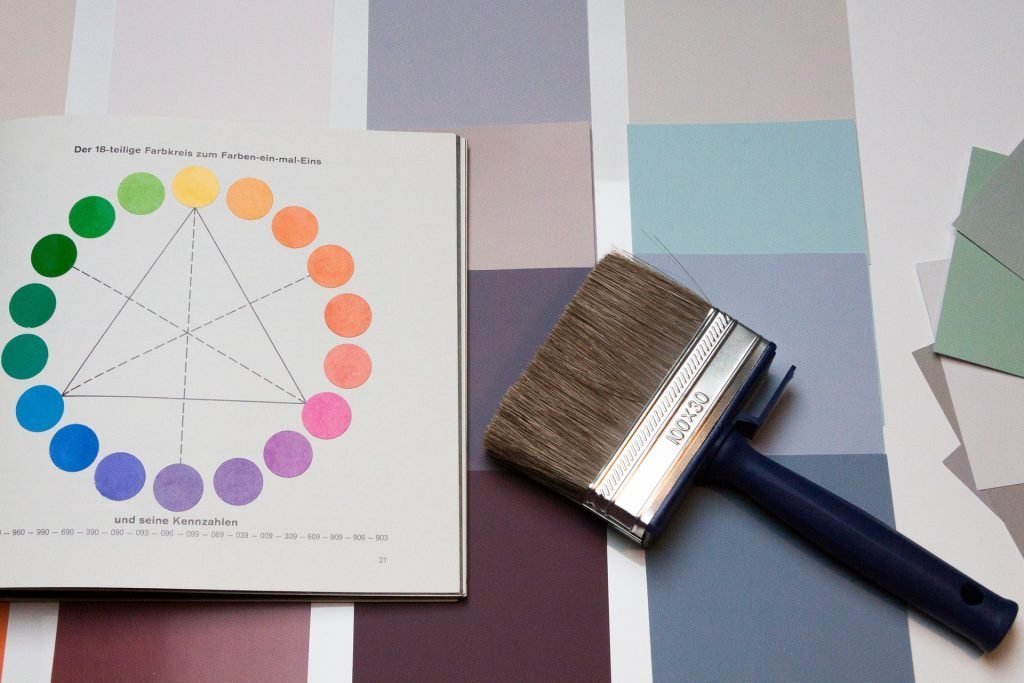With all the progress of recent years, it is still taboo to speak our minds as fully as we’d like to, and we most certainly can’t speak our hearts! Having a form of communication that can be politely overlooked or ignored could be a blessing, and if we had a way to express our feelings for someone without the neighbors knowing could be even better still!
What is Floriography?
Floriography, the language of flowers, has been a part of humanity for centuries, from one society to the next; it can be traced back to the 1600s. It was actually first used in Persia, Turkey and the rest of the Middle East around that time. They used a simple flower ‘language’ to communicate more easily – a bit like emojis are used today in messages or texts to simplify what we are trying to say to the person on the other end.
Flowers have been used to express feelings to people around them, and as a form of communication in a variety of ways. Oftentimes, there were certain things people couldn’t say out loud (due to society or the way certain behaviors, which might have even been illegal at times). This is where the use of many forms of vegetation comes in – flowers, plants and various like leaves were used to say what people wished t express.
Floriography was used quite a lot by the middle classes in Victorian England, where there was a strict social etiquette in place. Even the famous author Oscar Wilde, became quite popular for using it. Simple messages such as “your love is reciprocated” could be expressed by sending someone a bunch of ambrosia flowers. If your illicit lover had a vase of striped carnations in the window, then it could be a sign that she was indicating to you secretly that she couldn’t be with you.
Of course, the Victorians being who they were, published many beautifully illustrated books and flower dictionaries which soon became a popular way to send secret messages. With there being so many different flowers and possibly conflicting meanings, the real skill came from the construction of a bouquet: what flowers were put together and how they were presented.
In modern times flowers still have lots of different meanings however the language of floriography is certainly not all that common any more. These days, we associate Red Roses with love. In Victorian times, to contrast, a dark crimson rose was more frequently associated with being in mourning! With so much instant communication possible these days, it’s no longer needed and we simply don’t have the time , or perhaps desire to invest in flowers when we can simply send a virtual rose by sms. Maybe we can at least stop and smell the roses from time to time.





